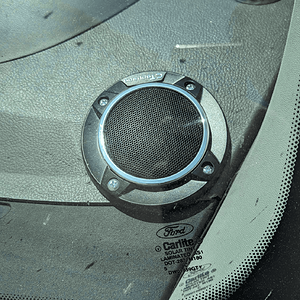adulbrich 5,000+ posts
Olive oil un-virginer
I have a Singer 320 amp alternator and an XS D3100 battery. I was wondering if I'd have probems, because my alternator is over 300 amps.It's fine.Current demand is getting serious at that point.
300A should protect the wire, but with that much current demand there are some bad things that can happen before the fuse opens.
Personally, I'd be concerned about battery damage.
It's the nature of the beast though.
Edit: What other bad things are you talking about?


